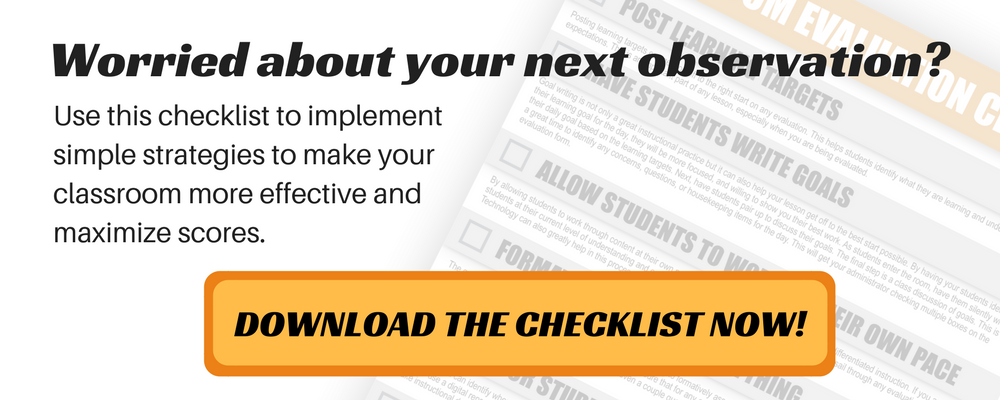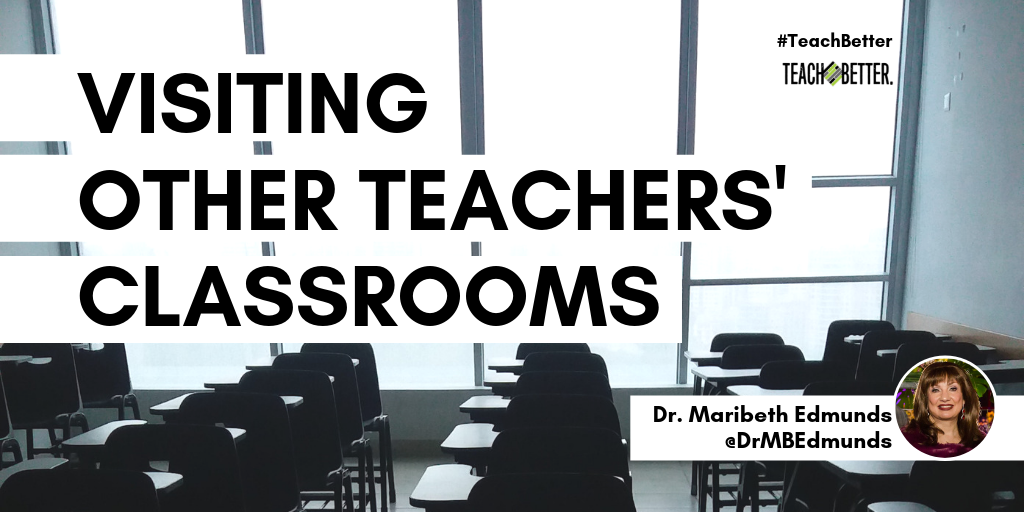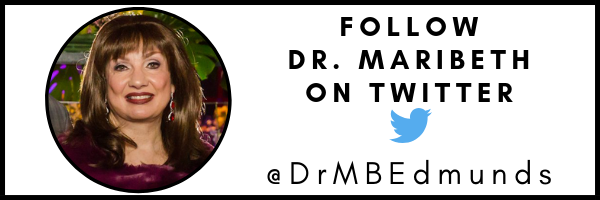In this post:
- Often, teachers become experts at their respective age levels, with little to no experience at others.
- This leads to an unintended consequence of our profession.
- Stepping out of their daily work environments and seeing what teaching and learning looks like at another grade level can help change perceptions.
Some teachers think of themselves as elementary, while others think they’re only high. Still others put themselves squarely in the middle. They wouldn’t have it any other way.
Sound familiar?
Often, where teachers begin their careers is often where they end. Some spend decades in kindergarten, while others never leave secondary classrooms. As a result, teachers become experts at their respective age levels, with little to no experience at others.
What comes of this is a flawed belief system about what takes place at different grades. It’s an unintended consequence of our profession.
To change perceptions, our district offered middle school and high school teachers a chance to see what life is like on the other side. By this I mean stepping out of their daily work environments and seeing what teaching and learning looks like at another grade level. For many, this was the first time they stepped into a middle or high school in years.
Imagine -- middle school students actually take notes in all their classrooms, daily! Click To TweetVisiting Others’ Classrooms:
To do so, we established a cross-divisional walk-through protocol for visiting teachers’ classrooms, safely and respectfully, with an eye towards better understanding students’ educational journey. These visitations were a major part of our vertical articulation goal that helped teachers get a better idea about how other levels worked. Vertical articulation conversations had been largely neglected for years, leaving teachers uniformed about how students meet expectations from year to year. That needed to change.
This year, we sent co-teaching teams to see inclusion classrooms in action. Sixteen teachers (eight from the middle school and eight from the high school) visited the ‘other side’ and had a full day to watch, listen, learn, and debrief their experiences. Talking with co-teaching teams from other levels was enlightening, too.
[scroll down to keep reading]
Seeing is Believing:
These visits were a revelation. Imagine — middle school students actually take notes in all their classrooms, daily! Our high school teachers were truly amazed to see them do so.
Middle school teachers were amazed, too! How is it that high school students do not need to make endless trips to the bathroom during the course of a period? These were among many ‘ah-ha’ moments for teachers on both sides. Yes, seeing is believing.
The visits also dispelled much of the ‘mythology’ about what actually takes place at other levels versus what teachers simply believe takes place. It helped to strengthen our efforts to make co-teaching classrooms more successful for special education students. Seeing other co-teachers helped to reinforce that our collective efforts are working. It also helped to form better relationships among the teachers who made the visits.
Purpose:
The purpose of these non-evaluative visitations, therefore, was to provide first-hand insights that prompt professional conversation around what comes before and what comes after pivotal transition grades. Our process revolved around how students interact with curriculum and meet expectations. We took this step to provide a more holistic view of students’ progress, to build trust and to provide fresh perspectives.
Classroom X:
After a review of several protocols, we decided to use ‘Classroom X’ that we adapted from UCLA’s School Management Program. Here is a brief description:
“UCLA Classroom Walk-Through is a protocol used by teachers to watch students at work and then to debrief their noticings in order to identify patterns of successful learning… Participants identify trends that suggest areas for professional inquiry.” (2008) It is a simple protocol, yet it yielded excellent results.
Training:
Prior to teachers visiting others’ classrooms, we conducted a foundational training to help prepare them. We reviewed the protocol, data collection forms, norms when inside the classrooms, logistics, and debriefing our experiences together at the end of the day. Teachers were encouraged to notice and wonder.
Some of our norms included the following: put away your mobile device and avoid side bar conversations. Although these norms go without saying, we said them anyway. By being direct, teachers were extra cautious in classrooms. Norms such as these helped to set the stage for successful visits.
Here are some takeaways from a “day on the other side!”
Takeaways:
- Classrooms at other levels were more structured than anticipated;
- Students were more capable than they previously thought;
- It is eye-opening to know where students are coming from; and
- Teachers would like to visit more often in order to discuss impressions with colleagues and make adjustments.
All of us working on the vertical articulation initiative are excited about its success. Over three years, more than 100 teachers have made the trip to the other side, with many more requesting to go. Without question, we can learn much by spending time in others’ classrooms.
So open your doors, open your minds, and see what life is like on the other side. It can be quite the revelation that makes a difference in your perspective and in your classroom as well.
References:
Martinez-Miller, Patricia and Cervone, Laureen. (2008). Breaking Through to Effective
Teaching; A Walk-through Protocol Linking Student Learning to Professional Practice.
Lanham, Maryland. Rowan and Littlefield Education.
Cervone, Laureen and Martinez-Miller, Patricia. (Summer 2007) “Classroom Walkthroughs as a
Catalyst for School Improvement.” Leadership Compass. Vol. 4, No. 4.
About Dr. Maribeth Edmunds
Dr. Maribeth Edmunds, an educator in New Jersey’s public schools for over 30 years, is Director of Secondary Education with the South Brunswick School District. She has served as an English teacher and then as an elementary school principal before assuming the role of director. Maribeth earned her doctorate in Educational Leadership Management and Policy from Seton Hall University where she now teaches graduate courses as an adjunct. Dr. Edmunds is committed to high academic achievement for all students and quality professional development for teachers. You can follow her on Twitter @DrMBEdmunds where she connects with educators from all over the world.



